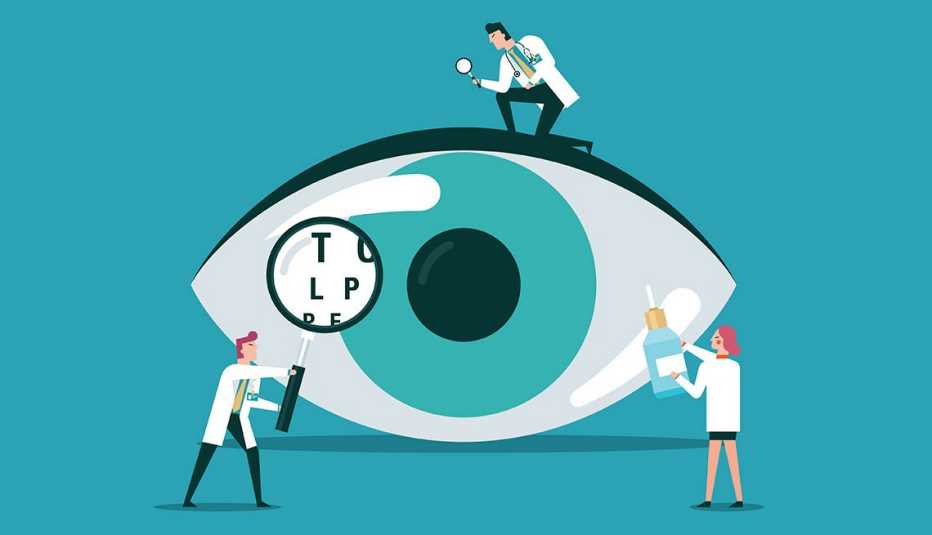The 8 Worst Habits for Your Eyes

The importance of an annual eye exam cannot be overstated. Not only does it help you keep tabs on any changes in your vision, but it’s a must for detecting the big vision thieves: glaucoma, cataracts and age-related macular degeneration (AMD), all of which can cause irreparable harm before you’ve even noticed any vision loss, says Michelle Andreoli, M.D., an ophthalmologist at Northwestern Medicine and a spokesperson for the American Academy of Ophthalmology.
What might not be so obvious when it comes to the health of your eyes are the everyday habits that affect them. Here are eight of the worst habits for eyes — and what you can do to break each of them.
Bad habit 1: Smoking
Add this to the always-growing list of reasons to give up smoking for good: Cigarette smoke is more than just irritating to your eyes; research shows it also raises your risk of developing AMD, the eye disease that can blur your central vision. People over age 55 are already at risk for the condition, but a large review of studies published in Clinical Interventions in Aging shows that smokers are at a twofold to fourfold risk of AMD, as compared to never smokers.
“Smoking reduces the effectiveness of antioxidants and may deplete these levels in the macula,” the small area at the center of the retina that’s necessary to see things in front of you, explains Ashley Brissette, M.D., an ophthalmologist and assistant professor of ophthalmology at Weill Cornell Medicine in New York City. “Cigarette smoke also reduces the amount of oxygen reaching the tiny blood vessels that supply the eye, leading to vision damage.” That’s true for those who smoke only occasionally or are regularly exposed to secondhand smoke, Brissette adds. The good news? The same review of studies shows that kicking the habit not only reduces the risk of AMD, but after 20 years, the risk of developing the condition is the same as it is for nonsmokers.
Bad habit 2: Staring at your smartphone
Your eyes pay a price directly and indirectly when you stare at that tiny screen — or, for that matter, your computer screen or TV — without giving them a break. According to the American Optometric Association, using any of your digital devices continuously for two hours is enough to bring about digital eye strain.
“The two biggest concerns with onscreen habits boil down to chronic dry eye symptoms and disruption of natural sleep patterns,” Andreoli says. “We’re supposed to blink once every 4 seconds, and in front of the computer, we blink about once every 8 to 10 seconds. That [difference] may sound insignificant, but blinking is what keeps our eyes lubricated. [If] we aren’t lubricating our eyes sufficiently, we develop dry eye symptoms, and that leads to eye strain.” Then there’s the toll too much screen time takes on our sleep patterns. “The brightness of the screen and the activity tells our brain it’s daytime, so we have a tendency not to get appropriately tired,” Andreoli says.
To read about six additional habits that can harm your eyes, from AARP, CLICK HERE.
